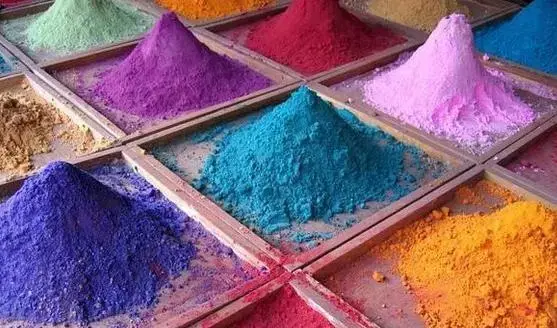Hebei Messi Biology Co., Ltd. stated that magnesium oxide, as an adsorption material with easily available raw materials, energy saving, high efficiency, safety and non-toxicity, has been widely used in the field of organic dye wastewater treatment. Magnesium oxide with a micro-nano hierarchical structure shows excellent adsorption properties for some anionic organic dyes due to its structural characteristics of porous channels and high specific surface area.

However, using traditional methods such as sedimentation, centrifugation, and filtration to separate adsorbents that achieve adsorption equilibrium from water bodies is not only relatively expensive, but also time-consuming and labor-intensive. In order to solve the separation problem of magnesium oxide adsorbent, the goal is to synthesize adsorption materials with both magnetic separation function and adsorption performance. The template uses hierarchical structure flower-like basic magnesium carbonate, and prepares MgO-MgFe2O4, MgO through ion replacement reaction. -Fe and other magnetic magnesium oxide composite materials. At the same time, the effects of calcination temperature and FeCl2 addition amount on product properties were analyzed, and the adsorption performance of MgO-MgFe2O4 and MgO-Fe composite materials synthesized under optimal conditions for anionic organic dyes was studied.
(1) Preparation of MgO-Fe composite materials and study of their adsorption properties. Using hierarchical structure flower-like basic magnesium carbonate (MCH) as a template, hierarchical structure flower-like MgO-Fe composites were prepared by using different carbonate solubility products (Ksp) through ion replacement reaction and subsequent H2 reduction calcination. Test the effect of the added amount of FeCl2 on the crystalline phase structure, micromorphology, and magnetic properties of MgO-Fe composite materials during the reaction process, and examine the acidity of the MgO-Fe composite materials synthesized under optimal process conditions to anionic organic dyes. Adsorption properties of magenta, Congo red, and methyl orange. The analysis results show that the saturated adsorption capacity of MgO-Fe composite material for Congo red can reach 1921mg/g, which is significantly higher than other magnetic adsorbents.
(2) Prepare MgO-MgFe2O4 composite materials and study their adsorption properties. Using hierarchical structure flower-like basic magnesium carbonate (MCH) as a template, the MgO-MgFe2O4 precursor reacted on part of the MCH etching through ion replacement, and then calcined at high temperature to generate a hierarchical structure flower-like MgO-MgFe2O4 composite material. By examining the effects of the calcination temperature and the amount of FeCL2 added, two important factors that affect product properties, on the crystalline phase structure, micromorphology, adsorption performance, and magnetism of the MgO-MgFe2O4 composite material, the optimal synthesis process conditions were summarized. The MgO-MgFe2O4 composite material prepared under optimal synthesis process conditions has an adsorption capacity of 498 mg/g for the azo dye Congo red. At the same time, it also has a certain adsorption effect on other anionic organic dyes such as acid fuchsin and methyl orange.
